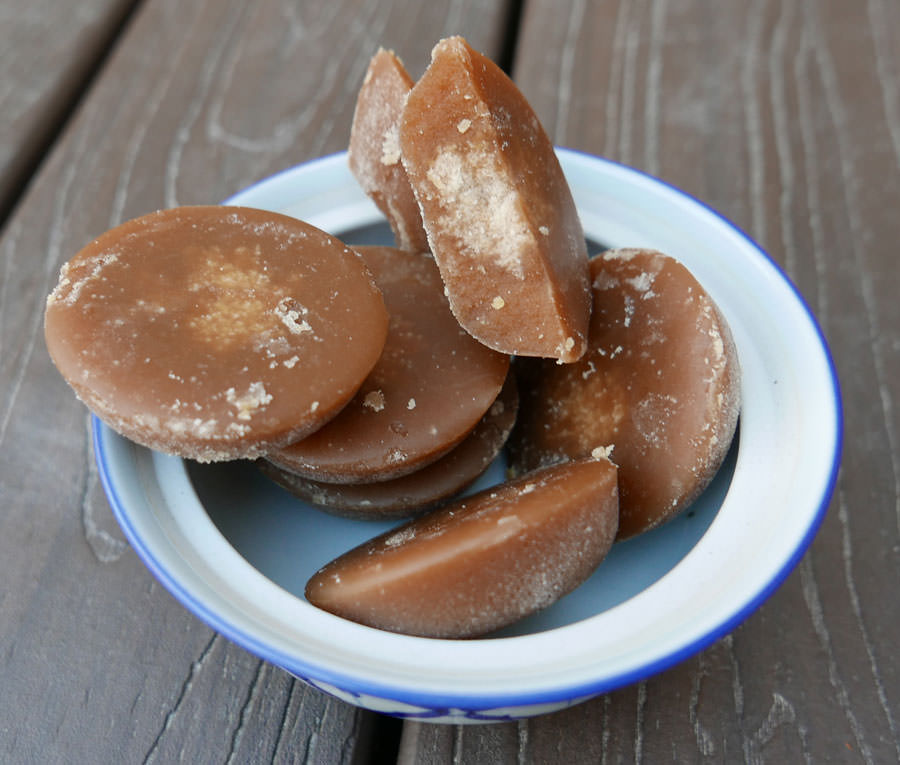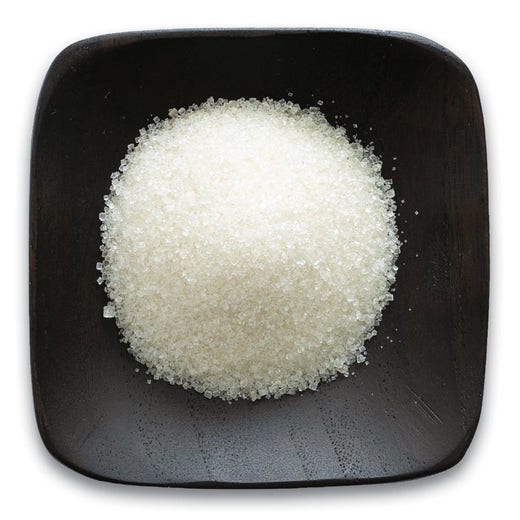An In-Depth Guide to the Environmental Influence and Sustainability Practices in Cane Sugar Handling
The environmental influence of walking stick sugar handling presents a complex array of obstacles that warrant mindful assessment. From dirt deterioration and too much water usage to the carbon footprint connected with farming and production, the consequences of conventional methods are far-ranging. On the other hand, the fostering of innovative sustainability measures provides a pathway toward much more responsible production methods. Comprehending the interplay between these problems is crucial for stakeholders in the industry. What particular methods can be executed to strike a balance in between efficiency and ecological stewardship? The solutions hinge on a better look at both the challenges and prospective options.
Summary of Cane Sugar Processing
Walking cane sugar handling entails a collection of systematic steps that transform sugarcane right into polished sugar. At first, gathered sugarcane is delivered to refining facilities, where it undergoes cleansing to eliminate dirt and debris. Following this, the cane is squashed to draw out juice, which is then clarified by getting rid of pollutants via heating and the enhancement of lime.
The cleared up juice undertakes dissipation, where water is removed to concentrate the sugar web content. These crystals are separated from the staying syrup making use of centrifugation, resulting in raw sugar.
The final product is after that dried and packaged for circulation. Throughout this entire procedure, maintaining effectiveness and quality assurance is vital to ensure the sugar satisfies sector standards. Each action in walking cane sugar processing not just adds to the final product yet also has implications for source usage and waste generation, setting the phase for conversations on sustainability and ecological impacts connected with sugar manufacturing.
Ecological Challenges of Production
The production of walking cane sugar presents several significant environmental challenges that warrant attention. One primary concern is the comprehensive usage of agrochemicals, consisting of plant foods and chemicals, which can bring about dirt degradation, biodiversity loss, and contamination of neighborhood water sources. The runoff from sugarcane areas typically brings these chemicals right into neighboring ecosystems, disrupting aquatic life and affecting the health of communities reliant on these water bodies.
Another challenge is the high energy consumption related to sugarcane handling. The boiling and refining stages require substantial heat, mostly produced by shedding nonrenewable fuel sources, adding to greenhouse gas exhausts. Furthermore, the extensive land location needed for sugarcane growing can bring about deforestation and environment damage, additional worsening environment adjustment and harmful wildlife.
Additionally, the labor techniques in some regions increase ethical issues, as workers might deal with bad working problems and inadequate incomes. This scenario often continues a cycle of poverty in local areas. Cane Sugar Processing. Attending to these environmental challenges is important for establishing more sustainable techniques in walking stick sugar production, eventually profiting both the environment and the areas associated with this market
Water and Land Use Effect
Water sources and land use are crucial elements in the walking cane sugar industry that dramatically affect the setting. The cultivation of sugarcane needs significant water input, with estimates recommending that it can eat as much as 2,000 litres of water per kilogram of sugar created. This extensive use water typically leads to exhaustion of neighborhood water sources, affecting not only the sugarcane haciendas but also bordering ecosystems and neighborhoods that count on the same water sources for farming and residential use.

Additionally, land use for sugarcane cultivation can lead to logging and the conversion of all-natural habitats into monoculture vineyards. This method lessens biodiversity, interferes with neighborhood ecological communities, and adds to soil degradation. The growth of sugarcane areas commonly intrudes on useful agricultural land, creating competitors for sources in between food and biofuel manufacturing.
Lasting methods, such as enhancing irrigation strategies and executing crop turning, are necessary to minimize these influences. By embracing much more efficient water use and land administration techniques, the walking cane sugar industry can reduce its environmental footprint, making sure an equilibrium between agricultural performance and environmental preservation.
Greenhouse Gas Emissions
Greenhouse gas discharges stand for a substantial environmental worry within the cane sugar handling sector, especially as agricultural techniques expand to satisfy global demand. The farming of sugarcane, a crop that thrives in tropical climates, counts heavily on synthetic plant foods and chemicals, which add to nitrous oxide exhausts. In addition, land-use changes, including logging for brand-new sugarcane ranches, release co2 saved in vegetation and soil.
Throughout handling, power consumption is another major resource of greenhouse gas More about the author emissions - Cane Sugar Processing. Many sugar mills utilize nonrenewable fuel sources to power machinery and produce heat, resulting in significant carbon impacts. Moreover, the transport of raw sugarcane and completed products adds layers of emissions through fuel combustion in lorries
This entails examining existing agricultural methods, refining methods, and transportation systems to recognize locations for improvement and mitigation. Resolving greenhouse gas emissions is vital for cultivating a more sustainable walking stick sugar sector in a transforming climate.

Sustainable Practices and Innovations
Sustainable techniques and advancements are increasingly vital check that in the walking cane sugar processing sector as stakeholders seek to reduce ecological effects while maintaining performance. One substantial development is the execution of integrated crop management, which enhances resource usage by combining dirt administration, pest control, and plant rotation strategies. This technique enhances return while reducing chemical inputs and preserving dirt health.
In addition, the adoption of eco-friendly energy resources, such as biomass from sugarcane residues, has actually acquired grip - Cane Sugar Processing. By converting waste products right into energy, processing centers can reduce their dependence on fossil fuels, thus decreasing greenhouse gas discharges
Water monitoring practices have actually additionally seen improvements via the recycling and reusing of water in processing plants, substantially reducing freshwater usage. Technologies in innovation, such as accuracy farming, enable farmers to keep an eye on plant health and resource use better, making certain sustainable cultivation methods.
Furthermore, accreditation programs like Fair Profession and Rain forest Partnership encourage environmentally responsible farming methods and promote social equity within the supply chain. By accepting these sustainable methods and advancements, the walking cane sugar handling sector can boost its strength and contribute positively to environmental stewardship.
Conclusion
The environmental impact of cane sugar processing presents significant challenges, including soil deterioration, high water usage, and greenhouse gas emissions, alongside ethical issues related to labor practices. Dealing with these issues through sustainable practices, such as integrated plant monitoring, renewable power fostering, and water recycling, is crucial. By advertising socially equitable and environmentally responsible methods in sugar production, the sector can minimize its damaging impacts, guaranteeing a much more sustainable future for both communities and ecosystems associated with this market.
Walking cane sugar handling includes a series of systematic actions that change sugarcane right into refined sugar. Each step in cane sugar handling not just contributes to the last item but also has effects for source use and waste generation, setting the phase for discussions on sustainability and ecological effects associated with sugar manufacturing.
Greenhouse gas exhausts represent a substantial ecological issue within the cane sugar handling sector, especially as agricultural methods expand to fulfill worldwide find more demand.Lasting methods and innovations are increasingly vital in the walking cane sugar handling market as stakeholders seek to reduce ecological effects while maintaining performance.The environmental impact of walking cane sugar processing offers considerable difficulties, consisting of soil destruction, high water consumption, and greenhouse gas exhausts, together with moral issues related to labor methods.
Comments on “Reliable Cane Sugar Processing: Optimizing Return and Pureness”